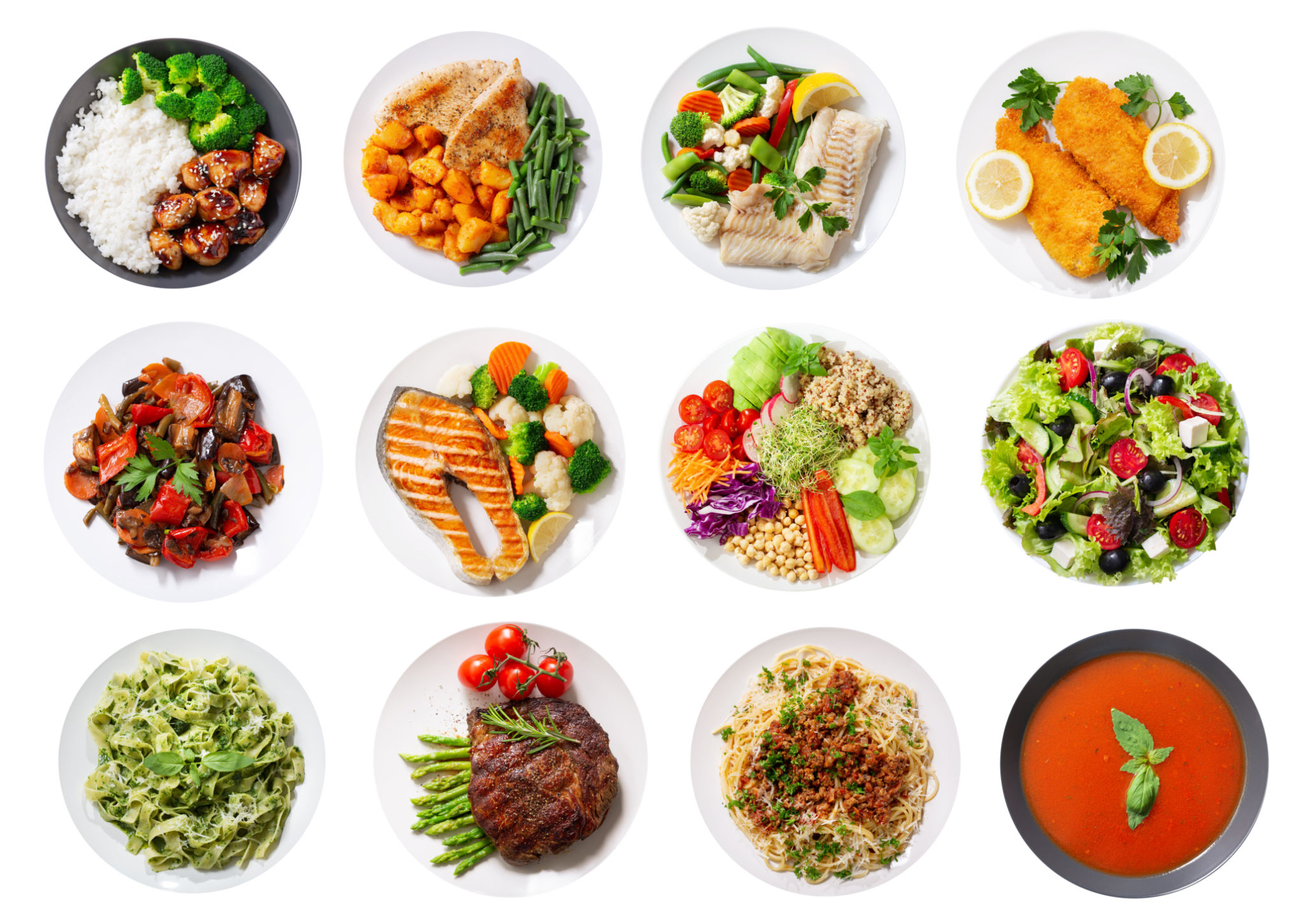Navigating Dietary Restrictions: How to Cater to All Your Guests
Understanding Common Dietary Restrictions
In today's diverse culinary landscape, hosting a gathering often means accommodating a variety of dietary restrictions. Whether you're planning a casual dinner party or a formal event, understanding these needs is crucial for ensuring all guests feel welcome and satisfied. Common dietary restrictions include vegetarian, vegan, gluten-free, and dairy-free diets, as well as allergies to nuts, shellfish, and other ingredients.
To navigate these complexities, start by asking your guests about any dietary preferences or restrictions when they RSVP. This proactive approach will give you ample time to plan a menu that caters to everyone. It's also helpful to familiarize yourself with alternative ingredients that can be used in place of common allergens or restricted items.

Creating an Inclusive Menu
Once you've identified the dietary needs of your guests, it's time to craft an inclusive menu. A good rule of thumb is to offer a variety of dishes that cater to different dietary requirements. For instance, consider providing a mix of plant-based and meat options, as well as gluten-free grains like quinoa or rice. This not only ensures that everyone has something to eat but also adds diversity to your meal.
For those with severe allergies, it's imperative to prevent cross-contamination in the kitchen. Use separate utensils and preparation areas to avoid accidental exposure to allergens. Labeling dishes with specific ingredients can also help guests make informed choices about what they can safely consume.
Delicious Alternatives and Substitutes
Fortunately, there are numerous delicious alternatives and substitutes available for those with dietary restrictions. For instance, almond or oat milk can replace dairy milk in most recipes without sacrificing flavor. Gluten-free flour blends are widely available and work well in baking. Similarly, tofu or jackfruit can serve as excellent meat substitutes in a variety of dishes.

For dessert, consider offering fruit-based sweets or treats made with alternative flours and sweeteners. These options are often naturally free of common allergens and can be enjoyed by nearly all guests. Remember, creativity in the kitchen can lead to delightful surprises that everyone will appreciate.
Communication is Key
Effective communication with your guests is essential in ensuring their dietary needs are met. Encourage open dialogue so that guests feel comfortable discussing any concerns or preferences. This can also help you anticipate and address potential issues before they arise.

Additionally, consider providing recipe cards or ingredient lists for each dish. This transparency allows guests to verify that their dietary restrictions are respected and demonstrates your commitment to their comfort and enjoyment.
Enjoying the Event
Once the menu is set and preparations are complete, it's time to focus on the event itself. With careful planning and consideration, you can create an inclusive dining experience where all guests feel valued and catered to. Remember that the goal is not just to feed your guests but to create an enjoyable atmosphere where everyone can connect over a shared meal.
By embracing the challenge of accommodating diverse dietary needs, you're not only enhancing your hosting skills but also fostering a sense of community and inclusivity among your guests. With these tips in mind, you'll be well-equipped to host a memorable event that celebrates culinary diversity.